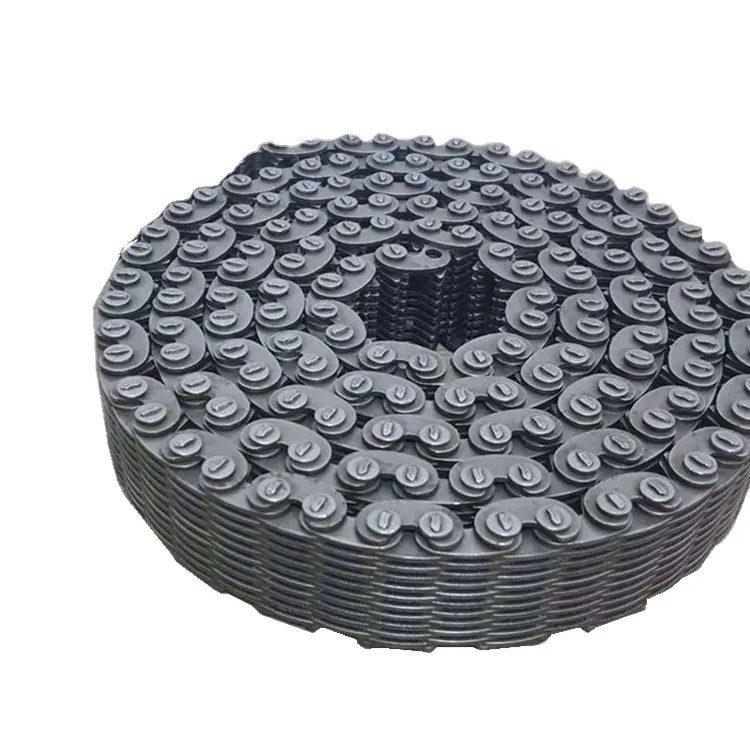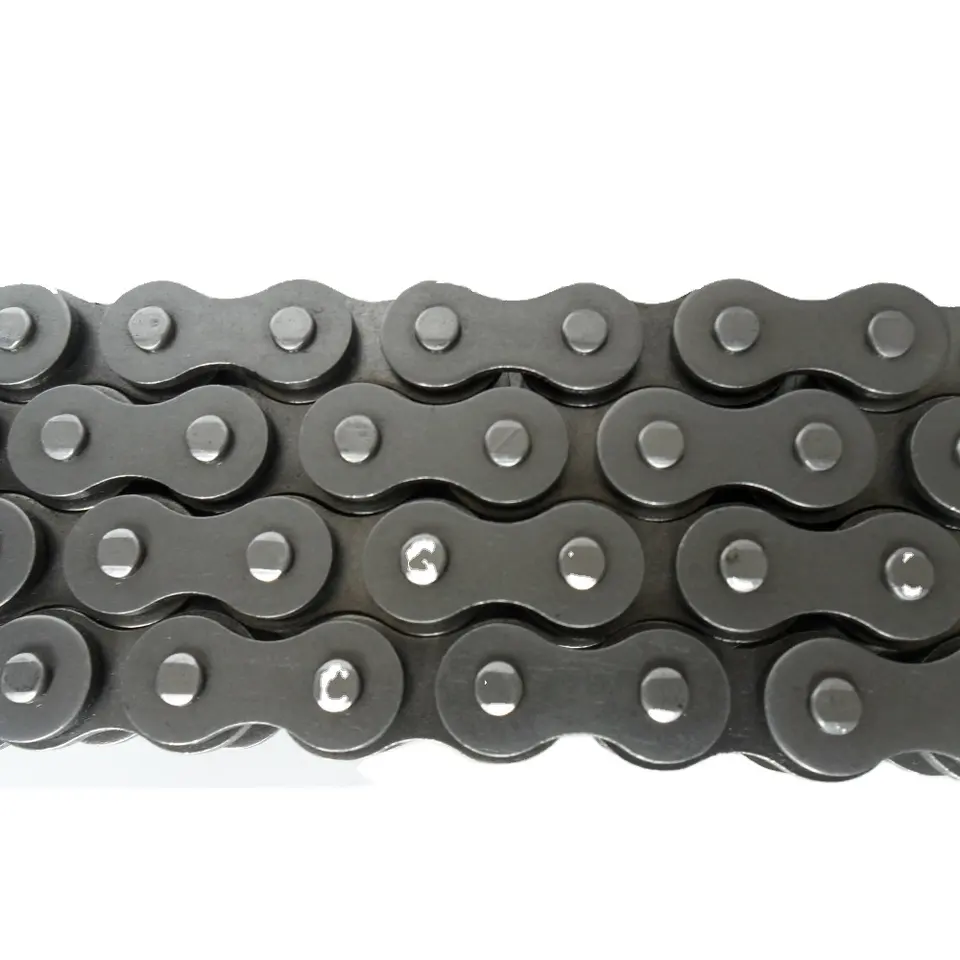Product Description
Conveyor Parts Plastic 820-K450 Table Top Chain With Drive Sprocket
Customization process :
1.Provide documentation: CAD, DWG, DXF, PDF,3D model ,STEP, IGS, PRT
2.Quote: We will give you the best price within 24 hours
3.Place an order: Confirm the cooperation details and CZPT the contract, and provide the labeling service
4.Processing and customization: Short delivery time
Our Factory
If you need to customize transmission products,
please click here to contact us!
Chain Sprockets:
| Material | 1045 Steel / Alloy Steel / Stainless Steel 304 & 316 |
| Standard | ANSI, DIN, JINS, ISO, KANA,Standard America or customer’s drawing |
| Bore | Pilot bore, finished bore, taper bore and special bore |
| Surface | Bright surface / high precision / Blacking /Electrophoretic-Coated |
| Equipment | Hobbing machine, Slotting machine, CNC lathes and other equipment |
Pulley:
Couplings:
Company Information:
| Standard Or Nonstandard: | Standard |
|---|---|
| Application: | Motor, Electric Cars, Motorcycle, Machinery, Marine, Agricultural Machinery, Car |
| Hardness: | Hardened Tooth Surface |
| Manufacturing Method: | Cut Gear |
| Toothed Portion Shape: | Spur Gear |
| Material: | Custom Made |
| Samples: |
US$ 9999/Piece
1 Piece(Min.Order) | |
|---|

What are the noise levels associated with a motor chain?
The noise levels associated with a motor chain can vary depending on various factors:
1. Chain Design:
The design of the motor chain, including the type of links and the pitch, can influence the noise levels. Chains with precision-formed and accurately machined components tend to produce less noise compared to chains with rough or uneven surfaces.
2. Lubrication:
Proper lubrication of the motor chain is essential to reduce friction and noise. Insufficient or improper lubrication can result in increased friction, leading to higher noise levels. Regular lubrication with suitable lubricants can help minimize the noise generated by the chain.
3. Tension and Alignment:
A motor chain that is improperly tensioned or misaligned can produce excessive noise. It is important to ensure that the chain is properly tensioned and aligned to minimize noise generation.
4. Wear and Maintenance:
As a motor chain wears over time, it may develop loose links or damaged components, leading to increased noise during operation. Regular maintenance and timely replacement of worn-out parts can help prevent excessive noise levels.
5. Surrounding Environment:
The noise levels in the surrounding environment can also affect the perceived noise from the motor chain. Other machinery, equipment, or environmental factors can contribute to the overall noise levels in the area.
Overall, the noise levels associated with a motor chain can be minimized through proper chain design, adequate lubrication, correct tensioning and alignment, regular maintenance, and a well-controlled surrounding environment. It is important to follow manufacturer guidelines and recommendations for noise reduction techniques and use appropriate noise-dampening measures if necessary.

Can a motor chain be repaired if it gets damaged?
Yes, in some cases, a motor chain can be repaired if it gets damaged. However, the repairability of a motor chain depends on the extent and type of damage. Here are some common types of motor chain damage and their potential repair options:
1. Chain elongation: If the motor chain has experienced elongation due to wear or improper tension, it may be possible to adjust the tension or remove a damaged link to restore the chain’s length. However, excessive elongation may indicate significant wear and require chain replacement.
2. Broken or damaged links: If a few links in the motor chain are broken or damaged, it may be possible to replace those specific links or repair them using chain repair tools or specialized techniques. However, if the damage is extensive or affects multiple links, it is generally more cost-effective to replace the entire chain.
3. Cracked or damaged plates: If the chain plates are cracked or significantly damaged, repair may not be feasible or advisable. Cracked plates compromise the chain’s strength and integrity, and replacing the chain is usually the recommended solution.
4. Damaged pins or bushings: If the pins or bushings in the motor chain are damaged or worn out, they can sometimes be replaced individually using appropriate tools and techniques. However, if the damage is extensive or affects multiple pins or bushings, it is best to replace the chain.
It’s important to note that attempting repairs on a motor chain requires knowledge and expertise in chain repair techniques. It is recommended to consult a professional or the chain manufacturer for guidance on whether a repair is possible and advisable based on the specific damage and chain type.

How do you select the right motor chain for a specific motor?
When selecting a motor chain for a specific motor, there are several factors to consider. Here is a step-by-step guide:
1. Determine the motor specifications: Start by understanding the motor’s power rating, speed, and torque requirements. This information will help you choose a motor chain that can handle the motor’s power output and torque demands.
2. Identify the application requirements: Consider the specific application in which the motor will be used. Determine if the motor will be subjected to high loads, high speeds, or harsh environmental conditions. This will help you select a motor chain that is suitable for the application’s demands.
3. Determine the chain type: Motor chains come in various types, including roller chains, silent chains, bush chains, and more. Each chain type has its own characteristics and performance capabilities. Select a chain type that aligns with the requirements of the motor and application.
4. Calculate the chain size: Determine the required chain size based on the motor’s power and torque requirements. Consider factors such as pitch size, roller diameter, and number of chain links. Manufacturers typically provide chain size charts or calculation tools to assist in selecting the right chain size.
5. Consider the environmental factors: Take into account the environmental conditions in which the motor will operate. If the motor is exposed to moisture, chemicals, high temperatures, or other harsh elements, choose a motor chain with appropriate corrosion resistance, temperature resistance, and durability.
6. Consult manufacturer recommendations: Consult the motor manufacturer’s recommendations or specifications to identify any specific requirements or restrictions for motor chains. They may provide guidance on compatible chain types, lubrication requirements, and maintenance recommendations.
7. Evaluate cost and availability: Consider the cost and availability of the selected motor chain. Evaluate factors such as initial cost, maintenance requirements, and the availability of spare parts or replacements.
By considering these factors and conducting thorough research, you can select the right motor chain that matches the motor’s specifications, application requirements, and environmental conditions. It is recommended to consult with motor and chain manufacturers or industry experts for further guidance and assistance.


editor by CX 2023-08-03